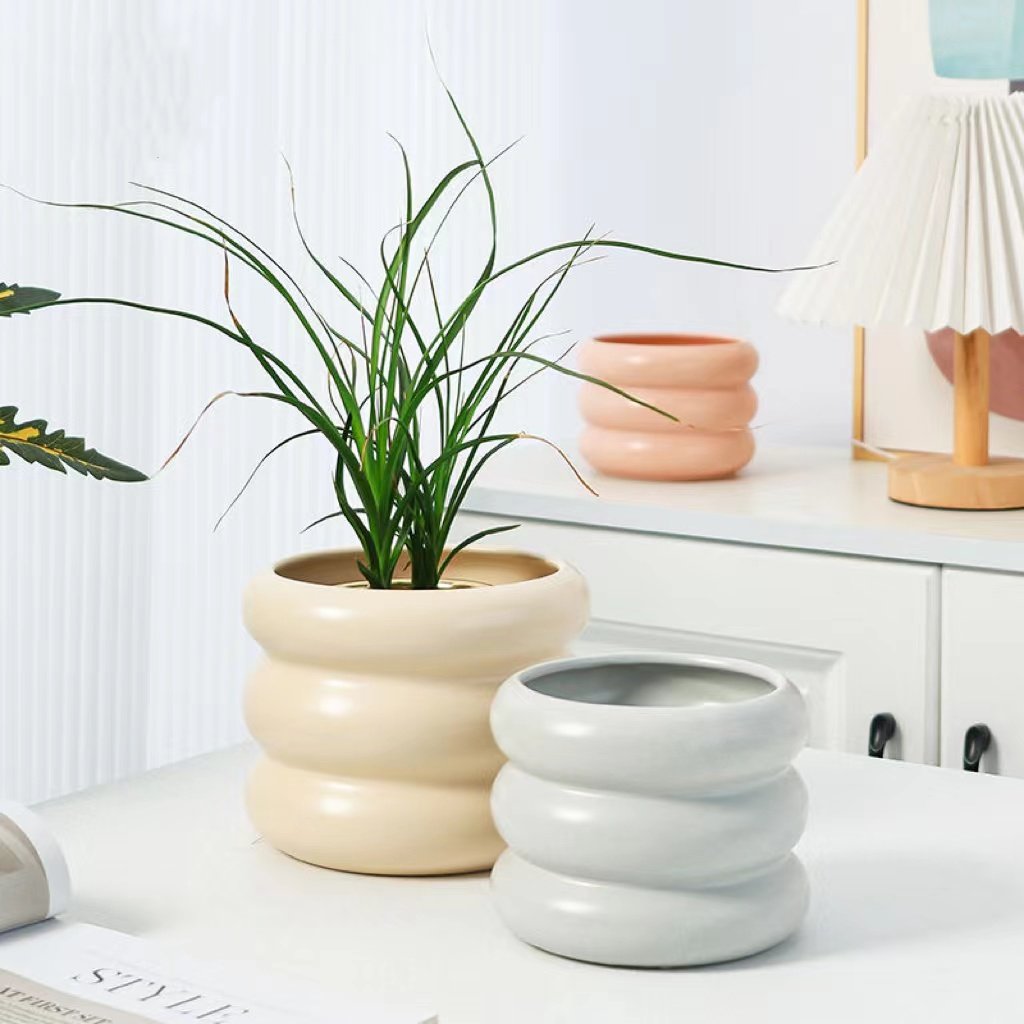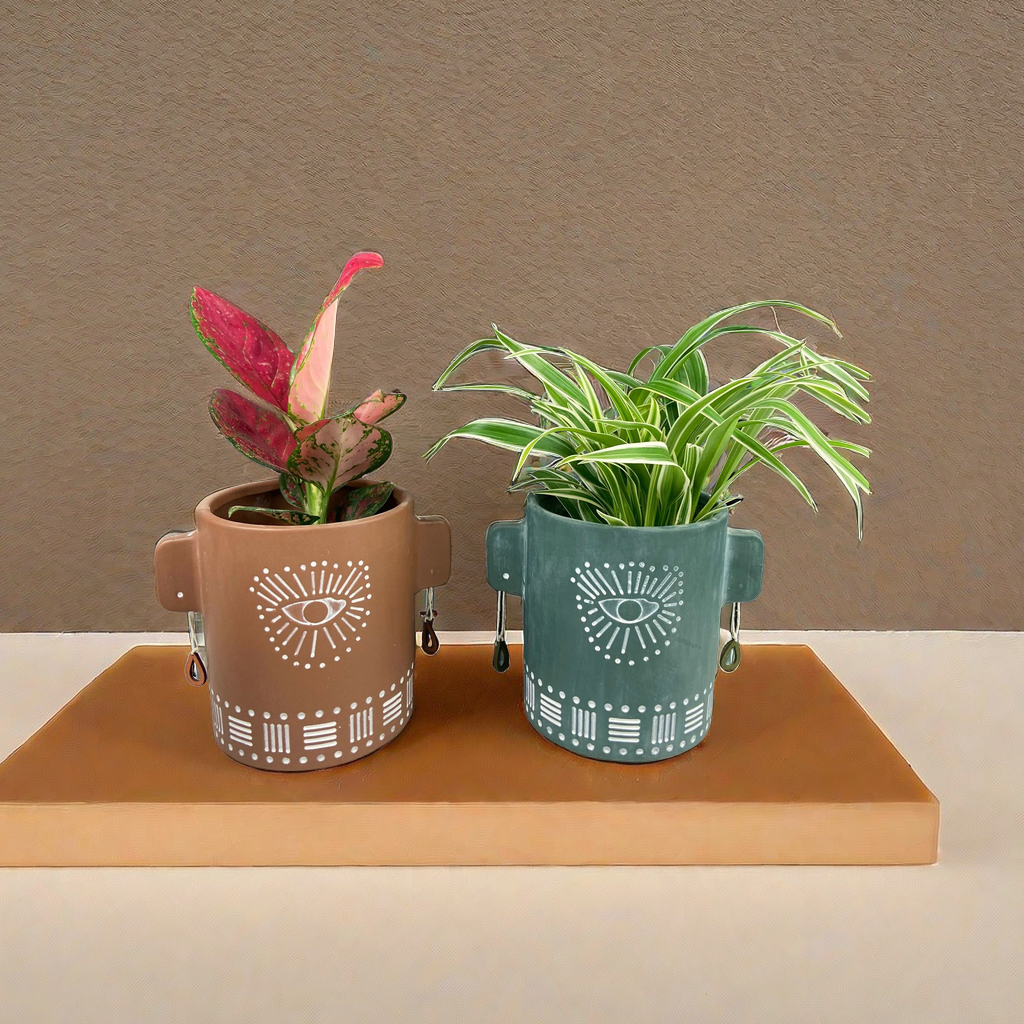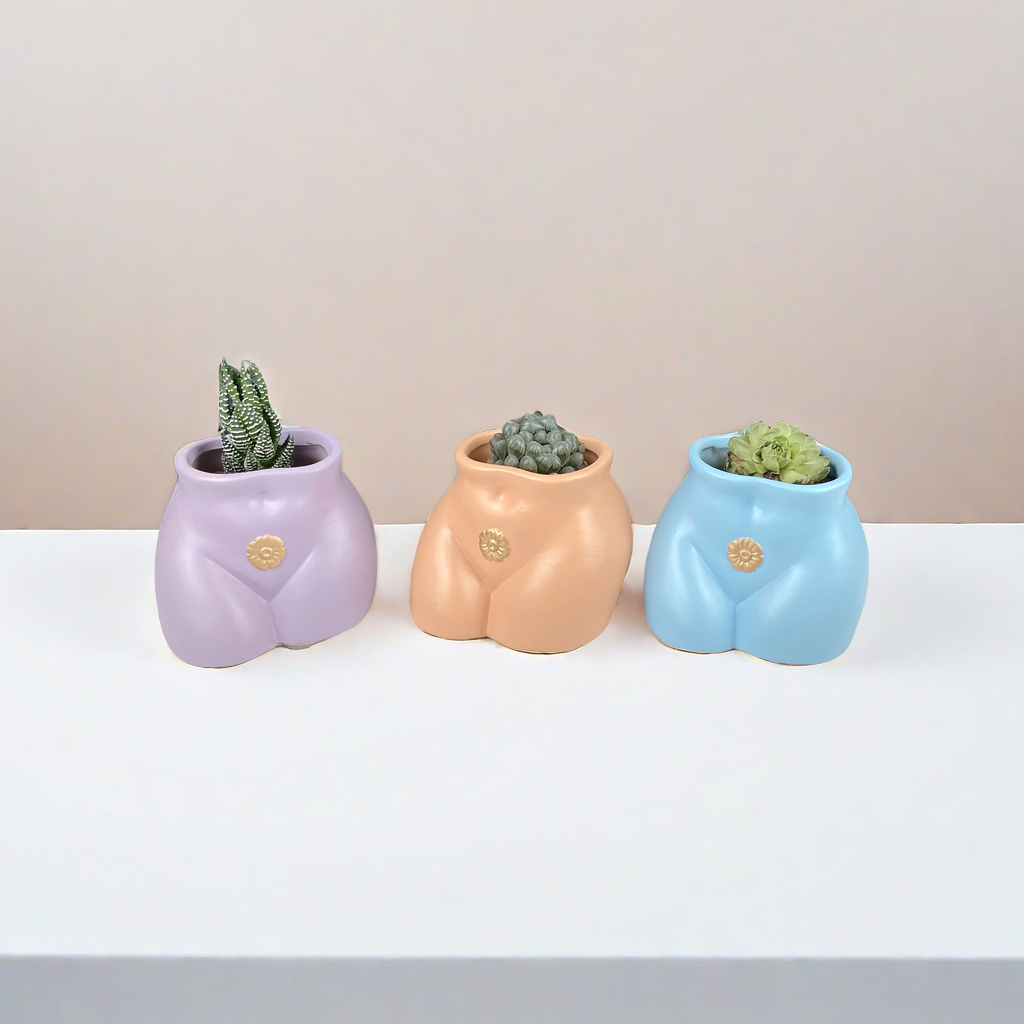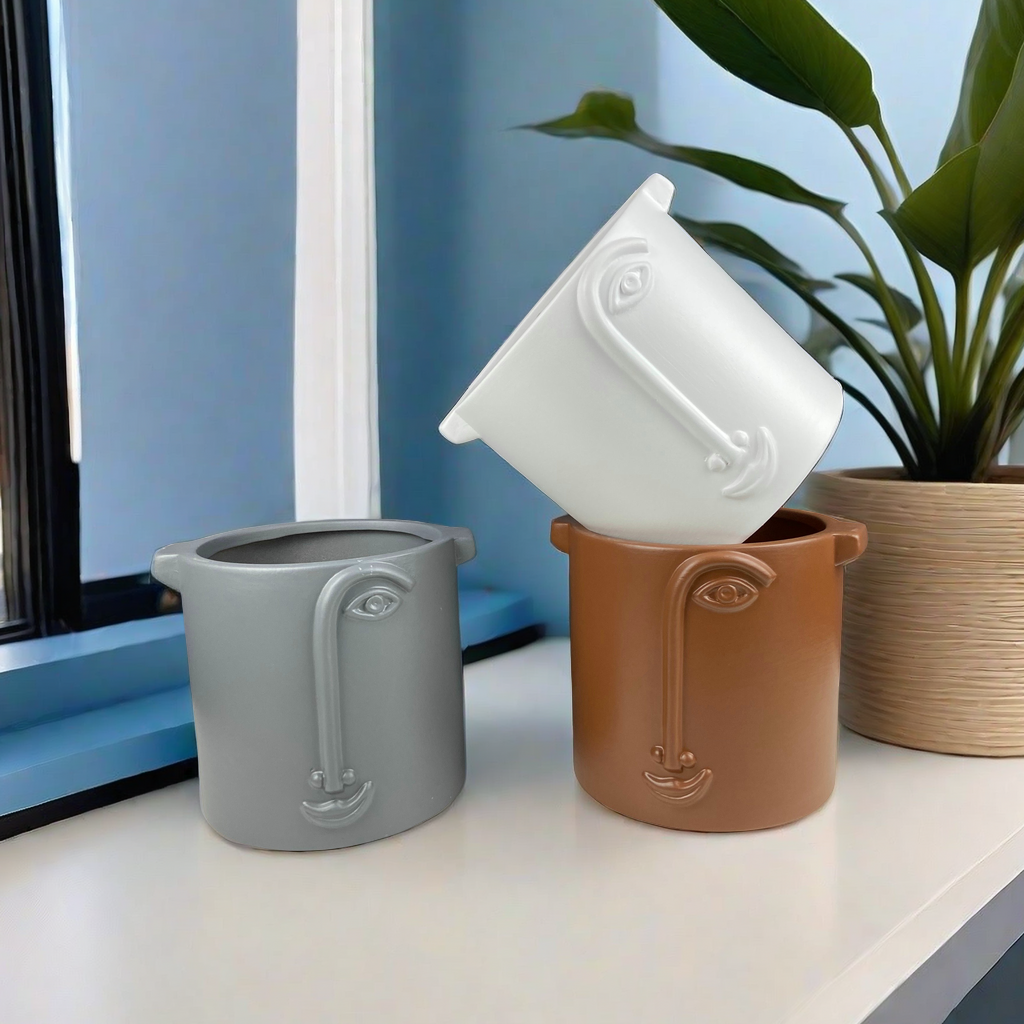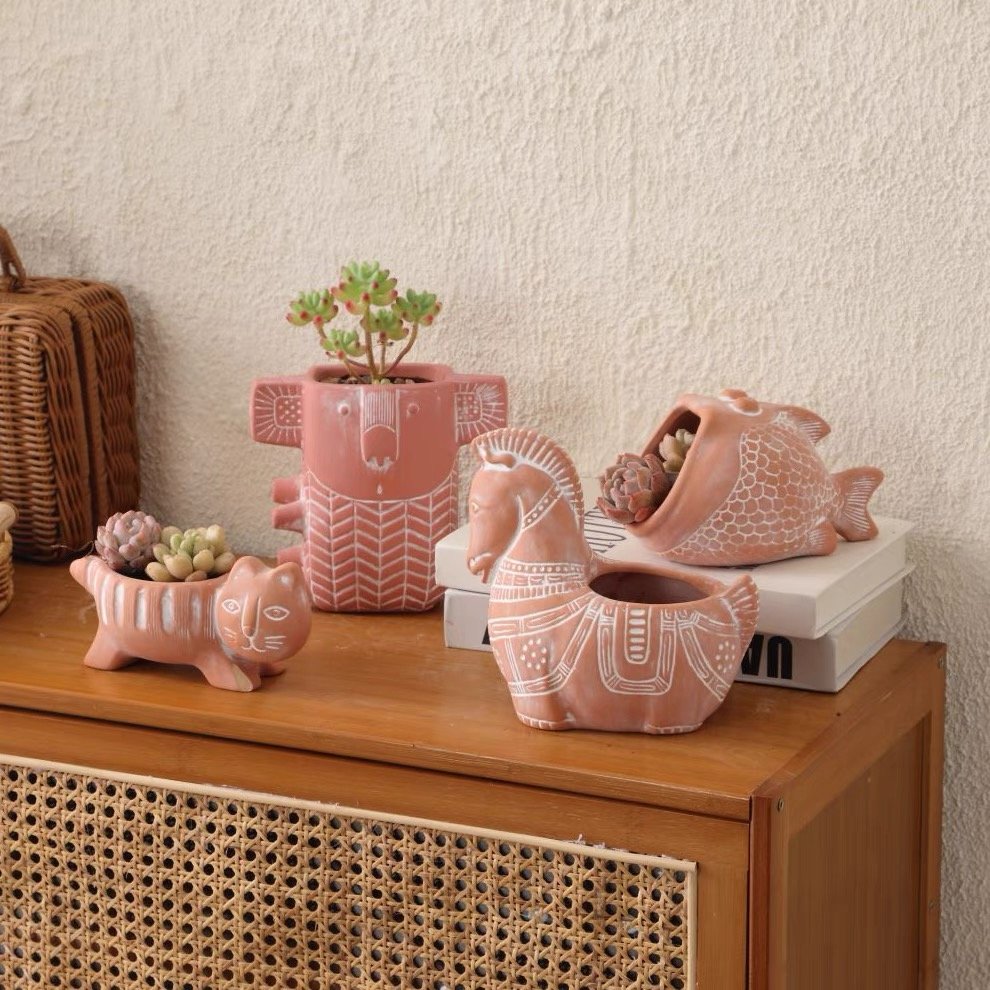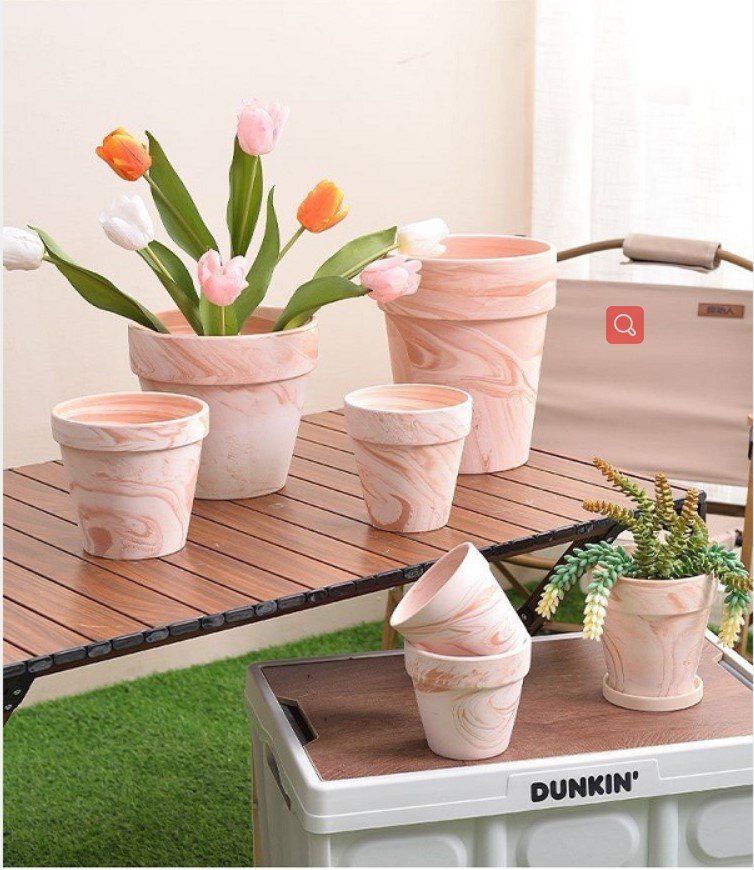Terracotta pots have been an essential part of the gardening and landscaping world for centuries, prized for their functionality, aesthetic appeal, and rich history. If you’re a B2B purchaser looking to source flower pots, understanding why terracotta pots are so popular will not only help you make better procurement decisions but will also allow you to offer valuable insights to your customers. This article explores the key reasons behind the enduring popularity of terracotta pots, from their material properties to their versatility in various gardening and interior design trends.
1. Natural Aesthetic Appeal
Terracotta pots are often chosen for their natural, earthy color, which blends seamlessly with outdoor and indoor environments. Their reddish-brown hue evokes a sense of nature, simplicity, and warmth, creating an inviting atmosphere for homes, gardens, and commercial spaces. B2B purchasers, especially in industries like landscaping, interior design, and hospitality, recognize that terracotta pots add rustic charm to any setting. Their raw, natural look fits well in both contemporary and traditional design schemes.
Key Benefits of Terracotta’s Aesthetic Appeal:
- Blends well with green plants, making them visually attractive for both indoor and outdoor use.
- Ideal for various design styles, from rustic and vintage to modern minimalism.
- Available in various shapes and sizes, making them versatile for different plants.
| Feature | Terracotta Pots | Alternative Materials |
|---|---|---|
| Color | Natural, earthy reddish-brown | Various colors but often glazed or artificial |
| Texture | Raw, porous, rustic | Smooth, polished, or synthetic |
| Design Flexibility | Fits traditional, rustic, modern styles | Often limited to modern or specific design styles |
Hale has different clay spray, they have a variety of color glaze, different surface treatment, all kinds of interesting modeling design.
2. Porous Material for Healthy Plant Growth
One of the most significant advantages of terracotta pots is the material itself. Terracotta is a type of fired clay that is highly porous. This porous nature allows air and water to move through the pot walls, promoting healthy root development and reducing the chances of overwatering, which is a common issue in non-breathable pots.
For B2B purchasers catering to plant nurseries, garden centers, and interior decorators, this feature can be a major selling point. The ability of terracotta to “breathe” ensures that plants can thrive with a reduced risk of root rot and soil-borne diseases, making them ideal for a wide range of plants, particularly succulents, cacti, and other species that prefer drier conditions.
Benefits of Terracotta’s Porosity:
- Promotes healthier plant growth by allowing excess water to evaporate.
- Prevents waterlogging and root rot, especially beneficial for moisture-sensitive plants.
- Keeps soil cooler, creating an ideal environment for certain plant species.
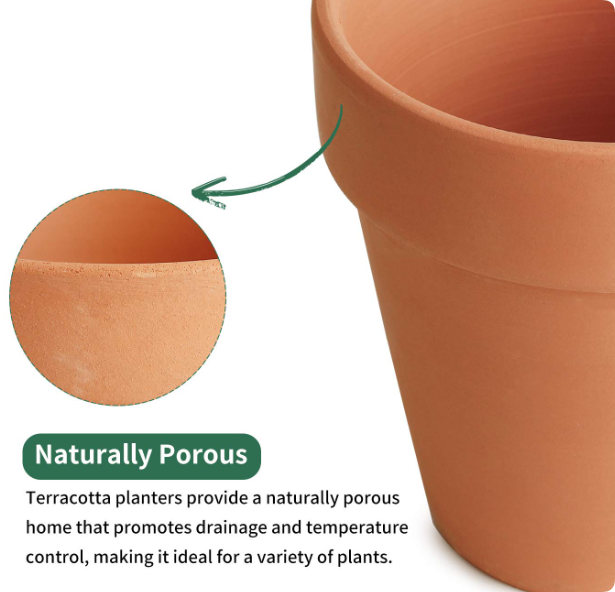
3. Sustainability and Eco-Friendliness
In today’s eco-conscious market, sustainability is a key factor driving purchasing decisions. Terracotta is a natural, biodegradable material made from clay, which is abundant and renewable. Its production process, when compared to synthetic or plastic alternatives, is less harmful to the environment. Additionally, terracotta pots can be recycled and even broken down naturally over time without leaving harmful residues.
For B2B purchasers, offering eco-friendly products is increasingly becoming a priority, especially in markets that are moving towards sustainable solutions. Terracotta pots, being one of the most environmentally friendly options available, are highly attractive to green-minded consumers and businesses alike.
Sustainability Highlights:
- Made from natural, biodegradable clay.
- Less energy-intensive production compared to plastic and synthetic materials.
- Recyclable and easily integrated into eco-conscious product lines.
4. Durability and Longevity
Although terracotta pots are often seen as delicate due to their susceptibility to cracking or breaking, they are remarkably durable when handled properly. Many high-quality terracotta pots can last for decades if used in suitable conditions. For B2B purchasers, this longevity translates into cost-effectiveness, as businesses and consumers get a long-lasting product.
However, it’s worth noting that terracotta pots are more suited to regions with moderate climates. In extremely cold environments, the porous material can absorb water, which then freezes and expands, potentially causing the pot to crack. That said, in markets with mild or warm climates, terracotta pots are an excellent long-term investment.
Considerations for Terracotta Durability:
- Best suited for mild and warm climates.
- Can last for decades with proper care and maintenance.
- May require protective treatments in colder regions to prevent cracking.
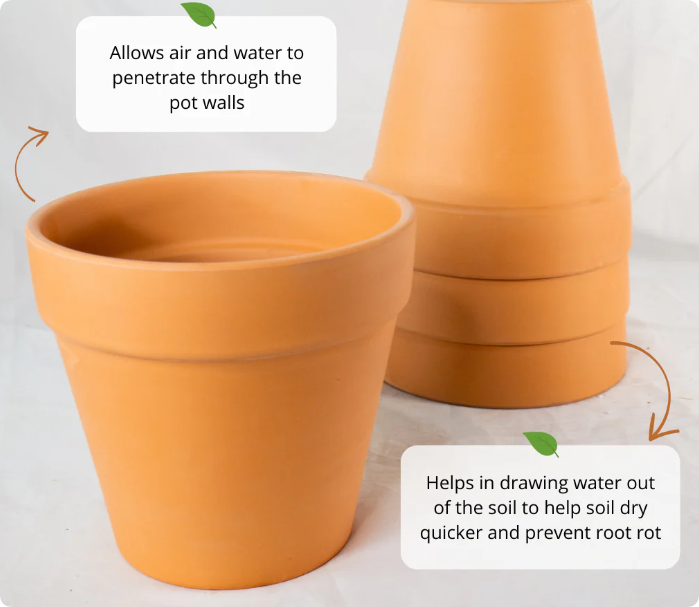
5. Affordability and Versatility
From a cost perspective, terracotta pots are generally more affordable than many other types of ceramic or designer planters. This makes them a highly attractive option for B2B buyers who need to source large quantities of pots for commercial projects, garden centers, or plant nurseries. The wide variety of sizes and shapes available also makes them suitable for a broad range of applications, from small indoor succulents to large outdoor plants.
In addition to being affordable, terracotta pots offer tremendous versatility in terms of design and use. They can be left unglazed for a more natural look, or they can be painted or decorated to suit a specific aesthetic. This makes them ideal for businesses targeting both budget-conscious consumers and those looking for custom-designed pots.
Cost and Versatility Benefits:
- Low production costs make terracotta affordable for bulk purchases.
- Available in a wide range of sizes and designs to meet diverse market needs.
- Can be customized or painted for special design projects.
6. Timeless and Historical Significance
Terracotta has been used in pottery for thousands of years, and it remains one of the oldest and most trusted materials in plant cultivation. Its historical significance lends a timeless quality to terracotta pots, making them appealing not only as functional items but also as decorative pieces. The fact that terracotta has stood the test of time adds to its allure, particularly for B2B purchasers working with luxury garden centers, upscale hotels, or restaurants that emphasize classic design elements.
7. Comparison with Other Materials
When it comes to selecting pots for plant nurseries or landscaping projects, B2B purchasers have a wide range of options. However, terracotta continues to stand out compared to other materials such as plastic, ceramic, and fiberglass. Below is a comparison table that highlights the strengths and weaknesses of terracotta pots versus other popular materials.
| Material | Terracotta | Plastic | Ceramic | Fiberglass |
|---|---|---|---|---|
| Aesthetic Appeal | Natural, earthy, rustic | Can look cheap or artificial | Elegant, often glazed | Modern, sleek |
| Breathability | Highly breathable, promotes root health | Non-breathable, risk of waterlogging | Moderately breathable | Non-breathable, no evaporation |
| Durability | Long-lasting but can crack in extreme cold | Extremely durable, weather-resistant | Durable but heavy and prone to chipping | Durable, weather-resistant |
| Sustainability | Eco-friendly, biodegradable | Non-biodegradable, plastic waste | Depends on glazing, more eco-friendly | Non-biodegradable |
| Price | Affordable | Cheapest option | Mid-range to high | Expensive |
Conclusion
Terracotta pots continue to be a top choice for B2B purchasers due to their unique combination of aesthetic appeal, functionality, and eco-friendliness. Their natural beauty, ability to promote healthy plant growth, and long-lasting durability make them an attractive option for a wide range of businesses, from plant nurseries and garden centers to luxury hotels and restaurants. Additionally, their affordability and versatility in design and usage further enhance their appeal in large-scale procurement.
For B2B buyers, sourcing terracotta pots can provide not only a timeless product but also a sustainable and cost-effective solution for various projects. By understanding the advantages of terracotta pots, you can make informed purchasing decisions that benefit your business and satisfy your customers’ needs. Whether you’re supplying pots for outdoor landscapes or indoor plant displays, terracotta remains an excellent choice, backed by centuries of tradition and proven performance.
By integrating terracotta pots into your product line, you’ll be offering your clients a product that is not only visually appealing but also aligned with the growing demand for eco-friendly and sustainable gardening solutions.

